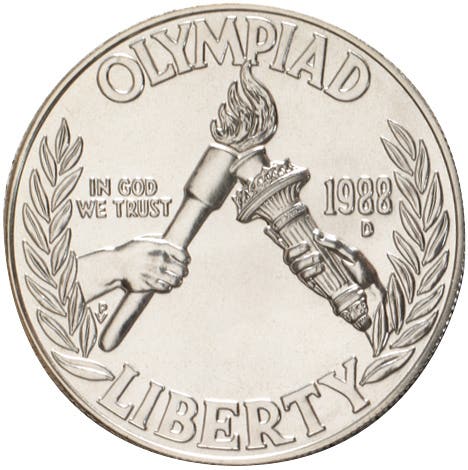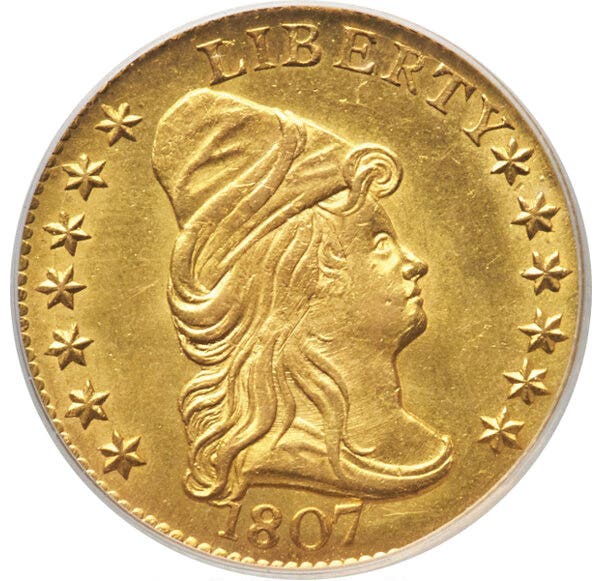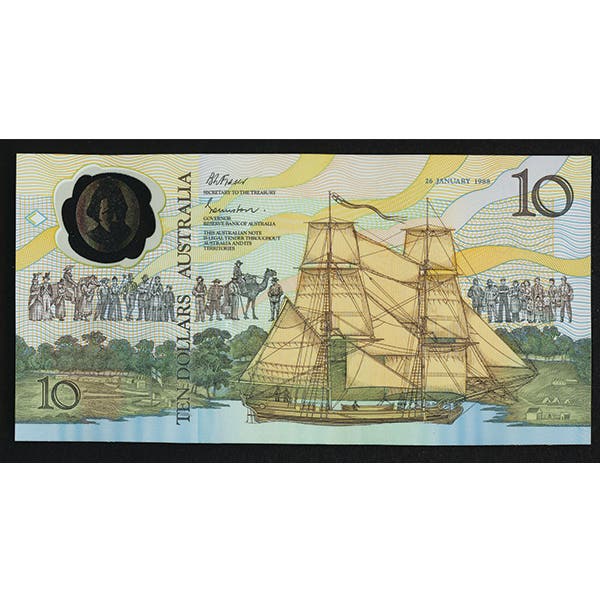How Does Wear on Coins Correlate with Condition?
By Charles H. Allyn This is regarding the correlation of coin wear in circulation to the condition of the coins, specifically coins minted in the ’40s and ’50s compared to…
By Charles H. Allyn
This is regarding the correlation of coin wear in circulation to the condition of the coins, specifically coins minted in the ’40s and ’50s compared to the coins made after the ’60s.
During the ’50s, I could receive change from a purchase that would include Buffalo nickels and Standing Liberty quarters. These coins were worn to a dateless condition. With the emphasis on condition being critical to the value of all coins, I would like to know if anyone has done the research to determine the amount of handling necessary to wear a coin to its current condition. How many thousands of hands, pockets and vending machines over the years to wear down these coins? Also, consider the different materials used to produce the pennies, nickels and silver 10-cent, 25-cent and 50-cent coins.
The coins I receive in change now are all Very Fine or better condition. Some of these were minted in the mid-’60s, yet these are not as worn as I would expect after 55 years of circulation. Also, consider the composition of our coins have been changed – all but the nickel.
I have another question: Why does the U.S. Mint produce millions of coins each year? What became of the coins already in circulation? I understand the need of the U.S. Treasury to produce our paper currency as the bills wear rather quickly; however, metal coins have a life of at least 30 years. So where do these go? Are they removed from circulation by the banking system or are these destroyed by the Mint so that new ones must be produced?
The collectors were blamed for hoarding silver coins in the ’60s, but I don’t believe we are hoarding the coins minted since that time.
This Viewpoint was written by Charles H. Allyn of Union, N.J.
To have your opinion considered for Viewpoint, email submissions to numismatics@aimmedia.com.









